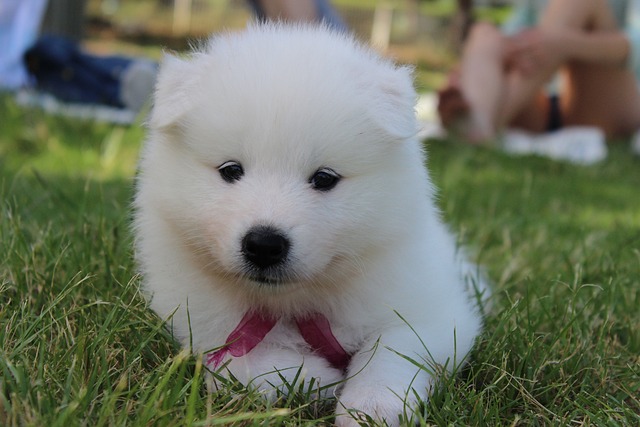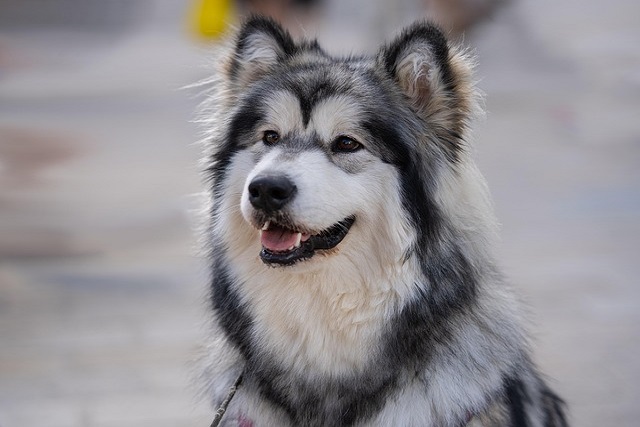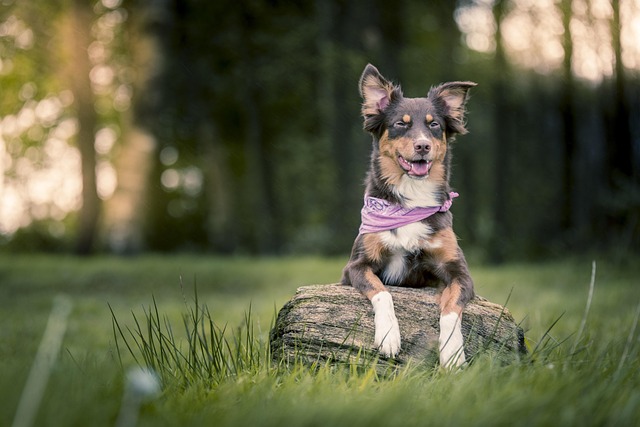
What age should dog training begin?
The moment that tiny ball of fur bounds into your life, it’s easy to feel overwhelmed with love—and questions. One of the biggest puzzles new dog parents face is figuring out when to start training.
When we happily welcome a new furry member into our home and look into its innocent and curious eyes, we can't wait to teach it all kinds of commands, eagerly anticipating the establishment of smooth communication with it. The speed at which a dog learns new commands often tugs at the heartstrings of every owner. So, exactly how long does it take for a dog to master a new command? In fact, the answer to this question is influenced by a multitude of intertwined factors.
Dogs of different breeds exhibit significant differences in learning ability and speed. Some intelligent breeds, such as Border Collies, seem to be born with a high level of comprehension and accept new commands quite rapidly. When the owner gives the command "sit" along with appropriate gestures and rewards, perhaps after just a few repetitions, they can quickly understand and respond correctly. This is because during the long process of breeding, Border Collies have been cultivated to possess extremely high working abilities and obedience. Their brains seem to have a natural sensitivity to various commands. On the other hand, breeds like Huskies, although they are lively and adorable, may not be as "effective" when it comes to learning commands. Huskies have their own unique way of thinking and often display an "independent" attitude. For the same command of "sit", the owner may need to spend several times the time and effort compared to training a Border Collie. After dozens or even hundreds of repeated training sessions, they might barely remember it. This doesn't mean that Huskies are not intelligent; rather, their personalities are more independent, and it's not easy for them to concentrate on training for an extended period.
 The dog's age is also an important factor affecting the speed of learning new commands. Puppies are like a blank slate, full of curiosity about the world and a passion for learning. During the puppy stage, their brains are in a period of rapid development, and they have a strong ability to accept new things. For example, when a two or three-month-old puppy is introduced to the command "shake hands", since it is interested in all the owner's behaviors and hasn't formed a fixed behavior pattern yet, with the owner's patient guidance, it may only take a few days to learn to raise its little paw when the owner extends a hand. However, adult dogs have already formed certain living habits and behavior patterns. To teach them new commands, it often requires more patience and time. But this doesn't mean that adult dogs are difficult to train. As long as the method is appropriate, they can still master new commands. It's just that the owner may need to put in more effort to break their original habits and establish new conditioned reflexes.
The dog's age is also an important factor affecting the speed of learning new commands. Puppies are like a blank slate, full of curiosity about the world and a passion for learning. During the puppy stage, their brains are in a period of rapid development, and they have a strong ability to accept new things. For example, when a two or three-month-old puppy is introduced to the command "shake hands", since it is interested in all the owner's behaviors and hasn't formed a fixed behavior pattern yet, with the owner's patient guidance, it may only take a few days to learn to raise its little paw when the owner extends a hand. However, adult dogs have already formed certain living habits and behavior patterns. To teach them new commands, it often requires more patience and time. But this doesn't mean that adult dogs are difficult to train. As long as the method is appropriate, they can still master new commands. It's just that the owner may need to put in more effort to break their original habits and establish new conditioned reflexes.
The scientific nature and rationality of the training method directly determine the efficiency of a dog's learning of new commands. The positive reinforcement training method is widely recognized and highly effective. When a dog performs the correct behavior that matches the command, the owner promptly rewards it with delicious snacks, enthusiastic praise, or gentle strokes. This will make the dog associate this correct behavior with positive feedback, and thus be more willing to repeat the behavior. For example, when training a dog to "lie down", once the dog lies down as required, the owner immediately offers its favorite snack and says excitedly, "Great job!" The dog will quickly understand that making the lying down movement will result in a reward. Conversely, if punitive training methods such as beating and scolding are used, it may not only make the dog feel fearful and resistant but also damage the trust relationship between the owner and the dog, greatly prolonging the time it takes to learn new commands, and even causing the dog to be unwilling to learn at all.
The training environment also plays a crucial role in the process of a dog learning new commands. A quiet environment with few distractions allows the dog to focus more on listening to the owner's commands and observing the owner's actions. For example, training a dog in a quiet living room at home will make it easier for the dog to concentrate and achieve better learning results compared to a noisy park. In a quiet environment, the dog can receive the command information issued by the owner more clearly, reducing the distraction of external factors on its attention, and thus understanding and mastering new commands more quickly.
The process of a dog learning new commands is actually a process of deepening the emotional communication between the owner and the dog. Every patient training session, every expectant look, and every gentle word of praise are all weaving a deep emotional bond between the owner and the dog. Whether the dog learns new commands quickly or slowly, as owners, we should maintain sufficient patience and love. Because for dogs, the company and care of their owners are what they cherish the most. When we see that the dog has finally learned a new command, with the excited glimmer in its eyes and the happily wagging tail, the joy and sense of accomplishment at that moment are enough to make us feel that all our efforts are worthwhile. Therefore, instead of being too concerned about how long it takes for a dog to learn new commands, we should enjoy every beautiful moment of growing and learning together with the dog. Create a warm and happy learning environment for the dog with love and patience, witness every small progress of theirs, and accompany them through a wonderful life.

The moment that tiny ball of fur bounds into your life, it’s easy to feel overwhelmed with love—and questions. One of the biggest puzzles new dog parents face is figuring out when to start training.

Coming home to a barking marathon or getting complaints from neighbors can make you feel like you're failing as a dog owner.But before you reach for punishment,understand that excessive barking is your dog's way of communicating something's amiss.

Those razor-sharp puppy teeth sinking into your favorite socks—or worse, your toes—aren’t rebellion; they’re your furry buddy learning about the world.

You’re excitedly playing with your new puppy, only to end up with a yelp as their sharp teeth dig into your skin. It’s a common scenario for many first - time dog owners in the US

Coming home to a hoarse-throated dog and annoyed neighbors pounding on your door? That’s the telltale sign of separation anxiety—a common issue that turns your furry friend into a four-legged alarm clock when left alone.

Ever caught your pup giving you those pleading eyes before a walk, or noticed them tearing through the house like a whirlwind?